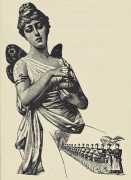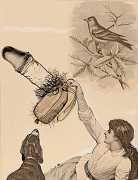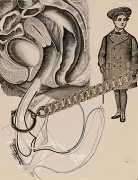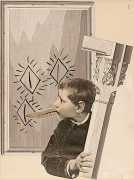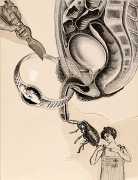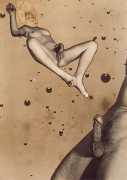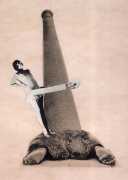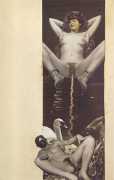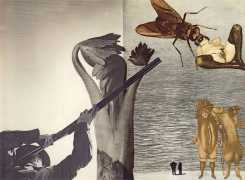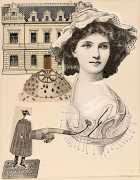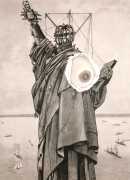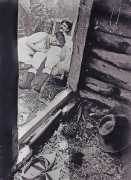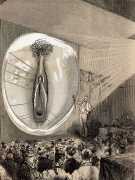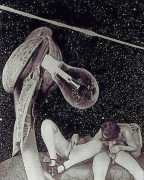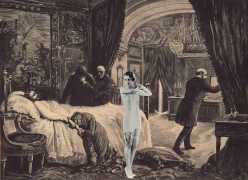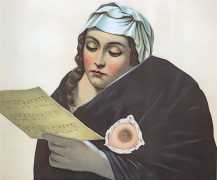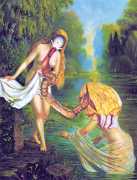 The Czech surrealist magazine Erotic Review (Erotická Revue) only lasted for three years from 1931 to 1933, but it was an important rallying point for the movement in this formative period of Czech history.
The Czech surrealist magazine Erotic Review (Erotická Revue) only lasted for three years from 1931 to 1933, but it was an important rallying point for the movement in this formative period of Czech history.
We can do no better than the Czech art blogger Tomáš Odaha to outline the significance of the short-lived publication, and of Jindřich Štyrský’s central role in its creation and devlopment. Tomáš Odaha’s article can be read in full (in Czech) here.
The phenomenon that the Erotic Review undoubtedly is has been spun for decades by the most colourful legends, arising from the almost complete impossibility of obtaining any copy of it. After the previous experience in 1929, when the censors confiscated a significant part of the print run of the Czech translation of Lautréamont’s Les chants de Maldoror with Stýrský’s accompanying illustrations, Jindřich Štyrský conceived the Erotic Review, published for three years between October 1930 and April 1933, as a private publication with a maximum circulation of two hundred copies, ‘which may not be publicly sold, nor displayed, nor lent, nor otherwise distributed or included in public libraries’.
Its later unavailability was further exacerbated by the fact that many subscribers did not have the slightest interest in preserving it. As Štyrský’s friend Karel Michl explained, ‘Jindra supplied interested parties with photographic images close to explicit pornography, but it should be noted that many regular customers were primarily the guardians of social morality – politicians and gendarmes. I can still see him laughing with me about the subscriber list.’
What were the reasons for Jindřich Štyrský's decision to publish the Review, which meant considerable effort for him without any chance of being appreciated in their time? Already in the early 1920s, sexual themes were very important for the emerging artistic generation associated with Devětsil, but the veil was largely removed with the advent of surrealism, in whose definition eroticism and sex were to be embraced, and the Marquis de Sade became one of the muses of modern literature. After a century of slander, Guillaume Apollinaire rediscovered him for the world in 1909 in his preface to Sade’s works, and went on to write Les exploits d’un jeune Don Juan (The Exploits of a Young Don Juan) and Les onze mille verges (The Eleven Thousand Rods), all powerful sources of inspiration for the Czech interwar avant-garde.
The actual content of the Erotic Review is characterised by very variable quality, where the main part is based on translations of French erotic literature, especially from the eighteenth and nineteenth centuries. The contributions of Czech avant-garde artists led by Jindřich Štyrský reach a much higher level, the erotic drawings of Toyen are legendary, and under their full names or pseudonyms, František Halas, Vítězslav Nezval, Jaroslav Seifert, Otokar Březina, Adolf Hoffmeister, František Bídlo, Vratislav Hugo Brunner, Antonín Pelc, Václav Mašek, Rudolf Krajc, František Ketzek, František Filla, Alois Wachsman, Stanislav Kostka Neumann, Jaroslav Vrchlický, Jiří Voskovec and Jan Werich also appear as authors of verses, prose, drawings or translators.
For this page we have just selected images created by Jindřich Štyrský for Erotic Review. He did in fact contribute most of the original photo-montages, which are classics of their genre.


